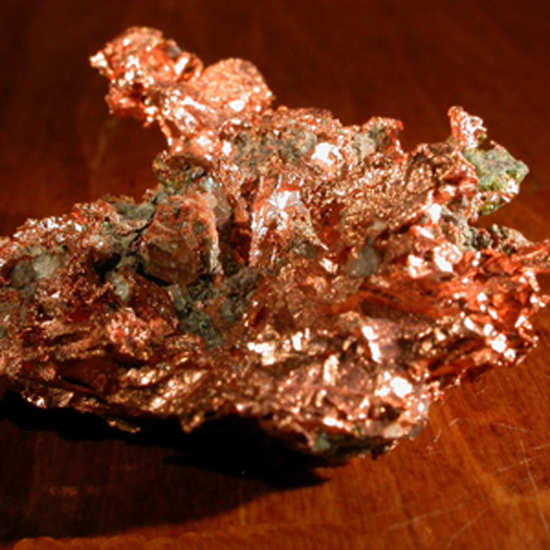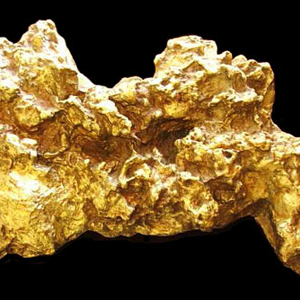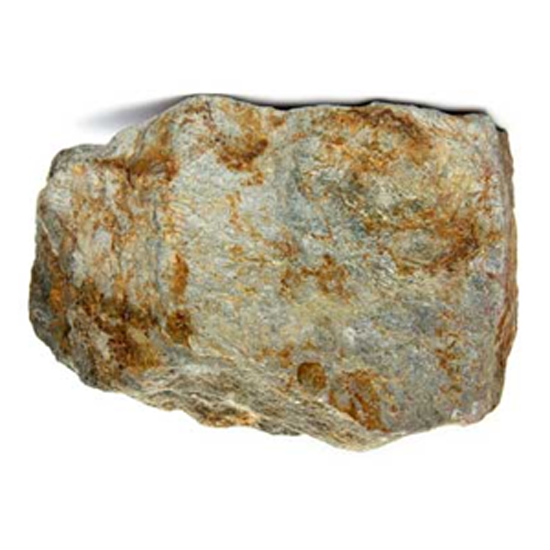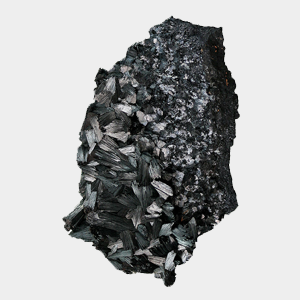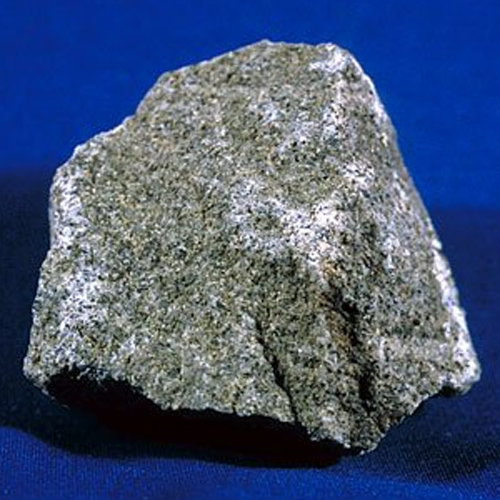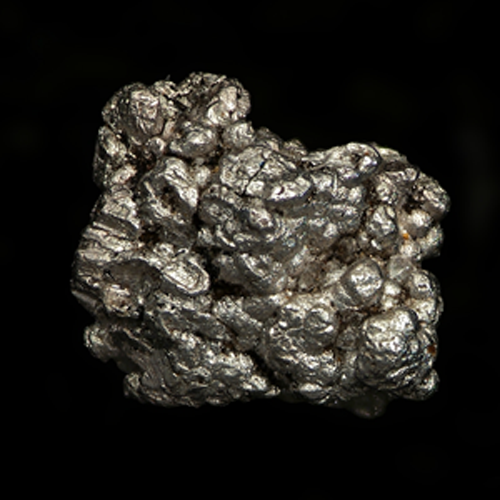Beryllium Mining
BERYLLIUM :
Beryllium is a highly toxic metal. Exposure to it at or above threshold values can lead to chronic beryllium disease or acute beryllium disease. Toxic exposure to beryllium most commonly occurs through inhalation. Beryllium has various effects: some binds with proteins and is deposited in the liver, spleen, and kidneys. When bound with biological proteins, it can result in the chronic form of the disease, which is a delayed immune response. The main toxic effects of beryllium are on the respiratory tract, particularly the lungs and their alveoli.
Beryllium's unique characteristics led to its widespread use in various industries before its toxic effects were known. Today, it is recognized as a highly toxic material with serious effects on the lungs. Regulations on beryllium use have been significantly tightened to protect those who handle and work with the metal directly. With these systems in place, beryllium can be safely used in a variety of products and industries. The following text will provide an account of beryllium's complex history and its toxic effects on the respiratory system of humans.
Beryllium is represented by the symbol Be. In older chemical literature, it is called glucinium after the Greek word "glykys," meaning sweet, due to Vauquelin's initial observations. Beryllium has an atomic number of 4, an atomic weight of 9.01, and in its pure metal form, it melts at 1278 degrees Celsius.
Following Copper's patent of the beryllium alloy, Charles II in 1921 was intrigued by beryllium's lightweight, extreme stiffness, high heat absorption, and intriguing nuclear cross-section. Charles II explored the unique characteristics of beryllium to determine its potential uses in manufacturing practices, and his exploration proved fruitful.
Several properties account for beryllium metal's significant value in modern industry. It boasts a very high stiffness-to-weight ratio and low density, offering the strength of steel without its weight. Additionally, it has a low coefficient of thermal expansion, an unusually high melting point, and excellent thermal and electrical conductivity. Alloys containing beryllium are also corrosion-resistant, and small amounts of beryllium in an alloy increase its resistance to metal fatigue. These properties make beryllium metal highly useful in aerospace, nuclear power, electronics, automotive, and computer industries.
The Beryllium Corporation of America, founded by Lester Hofheimer in 1927, was the first commercially producing mining company of beryllium-containing materials. Andrew Gahagan entered the beryllium industry in 1929, forming the Beryllium Development Corporation and later gaining control of the Beryllium Corporation of America, renaming it the Beryllium Corporation in 1932. Patents and the establishment of several beryllium corporations surged from 1921, when Brush Laboratories began, to 1932 when Andrew Gahagan aimed to create a small monopoly.
Initially, in the 1930s, small amounts of Be-copper alloys, Be-oxide compounds, and tinny beryllium were produced, but their production growth was largely driven by increased demand for beryllium-copper products during World War II. Alongside the heightened demand of World War II, a third US producer of beryllium-connected products emerged, producing artificial beryllium oxide primarily for use in the bright lamp industry. Beryllium began to expand its application from tinny alloys to use in fluorescent lights.
During and immediately following World War II, extensive research was conducted on nuclear fission and the physical and chemical properties of beryllium, making it of great interest to nuclear scientists. This research, along with previous work in metallic alloys and the fluorescent light industry, was conducted without knowledge of the potential hazards of beryllium. Consequently, this work was carried out without adequate protection or precautions, leading to serious health issues for those directly involved in the beryllium industry.
As early as the 1930s, the period when beryllium foodstuffs were being made in a high amount, there were reports of a beryllium related disease this appeared in the European medical text. These claims/reports went on the whole unnoticed or disregarded in the United States allegedly because the findings failed to show a clear and direct relationship of beryllium causing the illness. This may be the sole reason but bearing in mind that the United States was heavily dependent on these beryllium foodstuffs in their military labors of World War II, as well as being heavily invested in the beryllium alloys, there may have been other heavily weighing factors which the administration did not want to explain so they choose to just say that the European literature was methodically unsound.
MINING AND PROCESSING:
The metal beryllium is mined by its extraction from the beryl ores. It does not occur free in nature. The mining of raw minerals such as bertrandite ore and beryl ore from the Earth's crust and volcanic rocks is required. Apart from beryl, beryllium is found in the mineral bertrandite, has become a major ore of the metal in the recent years. This bertrandite mineral is found in certain volcanic rocks derived from granite. The state of Utah provides 90% of world supply from the whole of United States production in mining the bertrandite ore. Otherwise, a majority of beryllium ores are mined in China, Mozambique, Nigeria and Brazil.
Beryllium, a relatively abundant metallic element in the Earth's crust, has not seen widespread use due to its high production cost and limited consumption. Primarily extracted in the United States, with smaller quantities sourced from China, Africa, and South America, the extraction process involves leaching the ore in sulfuric acid to produce a sulfate. This sulfate then undergoes solvent extraction to remove impurity elements.
The fraction enriched with beryllium from the solvent extraction process is reacted with ammonium carbonate to yield a complex carbonate. This complex carbonate can then be separated into a pure form of beryllium hydroxide, which serves as the basic material for producing all useful forms of beryllium. The metallic form of beryllium is obtained from the hydroxide using a magnesium reduction process, converting beryllium fluoride to beryllium pebbles and magnesium fluoride.
These pebbles undergo further refinement to achieve purity levels exceeding 99.5% through vacuum melting. They are then powdered for conversion into useful shapes using conventional powder metallurgy pressing and consolidation processes.
HOW IS BERYLLIUM OBTAINED?
Beryllium is commonly extracted from only two types ores namely beryl (Be,3Al2(SiO3)6) and bertrandite (Be4Si2O7(OH)2) ores. The beryl ore is melted in industrial furnaces, solidified and crushed, then treated with sulfuric acid to produce a water-soluble sulfate. The bertrandite ore is crushed, made into slurry and treated with sulfuric acid to form a sulfate. Sulfate solutions are required to undergo a series of chemical extraction steps to eventually produce extremely pure beryllium hydroxide. This beryllium hydroxide is considered to be the common input material for copper beryllium alloys, beryllia ceramics and pure beryllium metal manufacturing. On heating beryllium hydroxide forms the oxide, which becomes beryllium chloride when combined with carbon and chlorine. Electrolysis of molten beryllium chloride is then used to obtain the metal. The entire procedure is explained in the production of beryllium.
EXTRACTING AND REFINING :
The beryl ore contains a higher content of beryllium compared to the bertrandite ore, making it particularly challenging to refine the beryl ore alone. Nevertheless, the refining process for both ores remains the same.
Beryl ore being harder in nature comparatively to bertrandite, is melted in an electric arc furnace and the molten material obtained is thrown into water to produce a fine powder known as frit. In the case of bertrandite, the ore is required to only be crushed unlike undergoing the heating process. This crushed ore and frit can be treated with sulfuric acid and thus the process here onwards followed is the same for both the ores. On treatment with H2SO4, the beryllium along with other metals, present in the ore get dissolved, resulting in a water soluble sulfate. This sulfate solution containing the beryllium is projected in a tank containing hydrophobic organic chemicals and hence, the solvent extraction process is executed.
The beryllium now reacts by attaching itself with the organic materials present whereas the other elements such as iron, aluminium and remaining impurities retain themselves in the water-based solution. This process can be repeated until the essential amount of beryllium content is concentrated in the solution.
When the concentrate of beryllium is obtained, the next phase is treating it with ammonium carbonate and heating it until the produced beryllium hydroxide gets precipitated. This beryllium hydroxide in its pure state is used in the making of copper beryllium alloys, beryllia ceramics and in various other applications including the manufacturing of beryllium metal.
The obtained beryllium hydroxide is dissolved in a solution of ammonium bifluoride and heated at a temperature of above 900?, producing a molten beryllium fluoride. This beryllium fluoride is then casted into molds and mixed with molten magnesium and heated in a crucible. This now separates pure beryllium from the waste material (magnesium slag). After separation, beryllium spheres of 97 percent purity are obtained. The excess magnesium undergoes further treatment and burned off in a vacuum furnace, thereby leaving beryllium of 99.99 percent purity. The beryllium spheres can be converted by isostatic pressing to beryllium powder which is useful in various beryllium alloys.
TOP BERYLLIUM PRODUCING COUNTRIES :
USES OF BERYLLIUM :
In the aviation industry, beryllium finds utility in the production of gears and cogs.
Beryllium is employed in alloys, often combined with copper or nickel, to manufacture gyroscopes, springs, electrical contacts, spot-welding electrodes, and non-sparking tools.
As an alloying agent, beryllium alloys serve as structural materials for high-speed aircraft, missiles, spacecraft, and communication satellites.
Beryllium plays a role in consumer electronics, telecommunications, and various other industrial and medical applications.
Additionally, it is utilized in nuclear reactors as a reflector or moderator of neutrons.
ANNUAL BERYLLIUM USAGE :
BERYLLIUM PRODUCTION IN THE WORLD :
During the 19th century, a mixture of beryllium fluoride and sodium fluoride was used to separate beryllium by the process of electrolysis. In the beginning of the 20th century, the production of beryllium by the thermal decomposition of beryllium iodide was discovered. United States and Russia are the countries where most of the beryllium is mined and extracted whereas the state of Utah progressively contributes to two-third of world's beryllium production. Other countries known to be producing refined beryllium include China, Mozambique and Kazakhstan.
Related Mining










